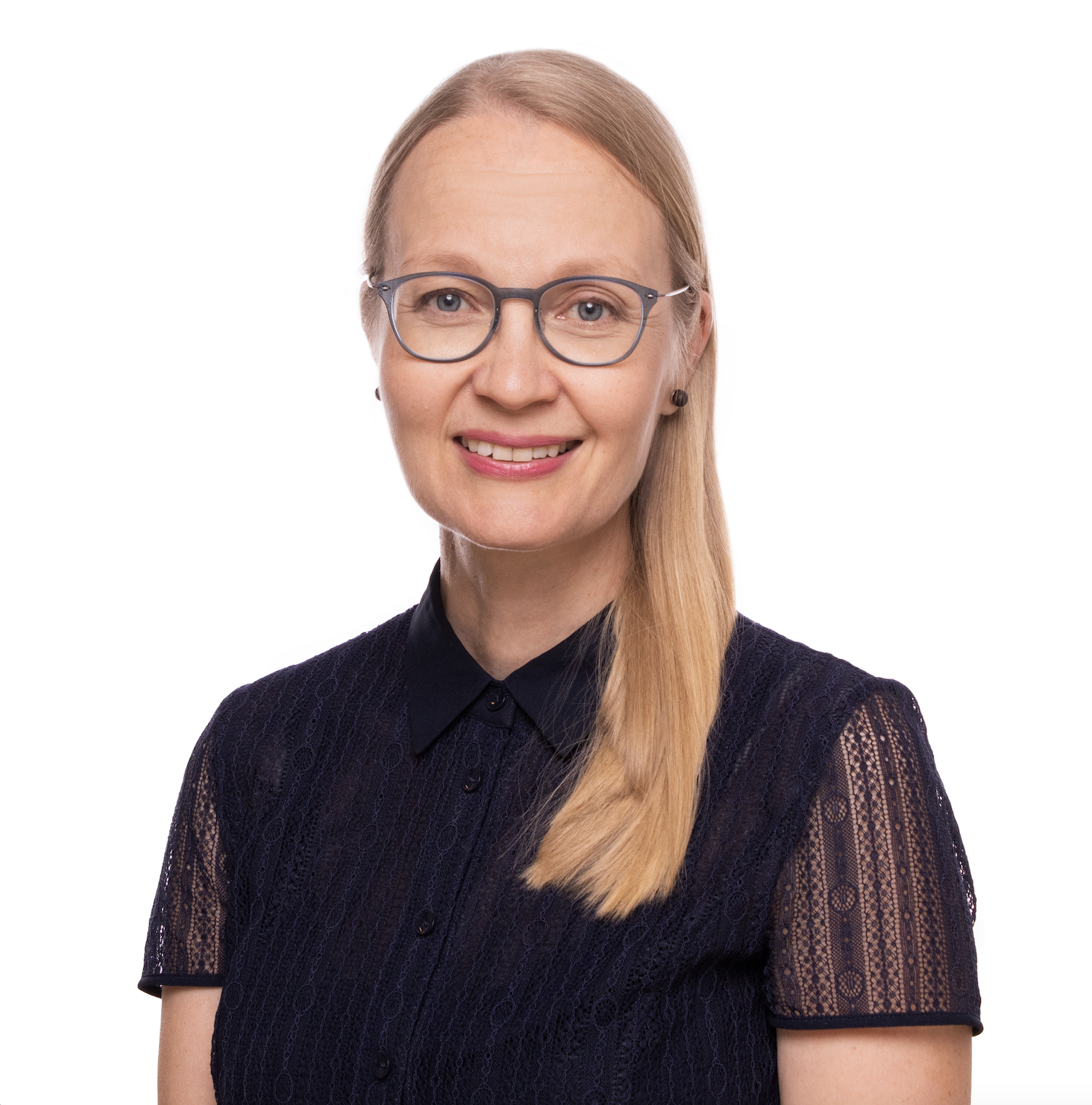Building diverse boards is not an easy task. Jonna Louvrier from Includia Leadership shares her tips for everyone who is working on getting more diverse boards. Here are her 4 tips from her presentation. You can watch her full presentation here or download the “Listed Company Boards in Finland 2023” study with recommendations here.
Take a Broad View on Diversity
When aiming to increase gender diversity, it’s important to identify and challenge organizational practices and assumptions that create barriers for both women and minorities to join the board. What assumptions are there around gender, age, ethnicity, educational background, sexual orientation, culture, language, religion? By taking a broad view on diversity, through an intersectional lens, the pool of candidates increases significantly. Women are not just women, but have multiple other identities.
Set Clear Diversity Targets
Setting clear diversity targets ensures diversity is kept on the agenda and creates accountability. Diversity targets can be set for different stages of the nomination process: from the candidate shortlist to the final board composition.
Increasing diversity by setting diversity targets does not mean lowering the bar. Diversity targets lead to widening the candidate pool and thereby increase the probability of finding the best talent.
Evaluate Objectively
Unconscious biases interfere with the ability to evaluate objectively in many different ways. Make sure that everyone involved in the evaluation process has an understanding of bias and its impact. Ensure that practices and tools that eliminate or minimize the impact of bias are used. In order to allow for an objective evaluation process, it is also of utmost importance that all involved actors have a shared and clear understanding of the selection criteria, as well as the priority order for the different criteria.
Foster an Inclusive Culture
Identities and status impact group dynamics: who is listened to, who is interrupted, and who is seen to have expertise? When new board members from underrepresented groups join the board, it is important to evaluate the existing group norms, challenge any non-inclusive norms, and create new inclusive practices. Foster a culture where every board member’s ideas, knowledge, and perspectives are equally welcomed and where all feel respected and valued.
“Increased diversity and inclusion is achieved through small incremental changes in organizational practices and behavior. Set your objective and stay committed.” – Jonna Louvrier, Includia Leadership.
Jonna Louvrier (PhD) is the CEO and founder of Includia Leadership. She earned her doctorate in organizational studies from Hanken School of Economics. From 2014 to 2016, Louvrier was a postdoctoral researcher at Stanford University’s Clayman Institute for Gender Research. She has also worked as a researcher at the Ecole des Hautes Etudes en Sciences Sociales in Paris, France, and at the Center for Creative Leadership.Includia Leadership is a management consulting firm specializing in DEI (Diversity, Equity, Inclusion) consulting, training, and assessments. www.includia.fi.




